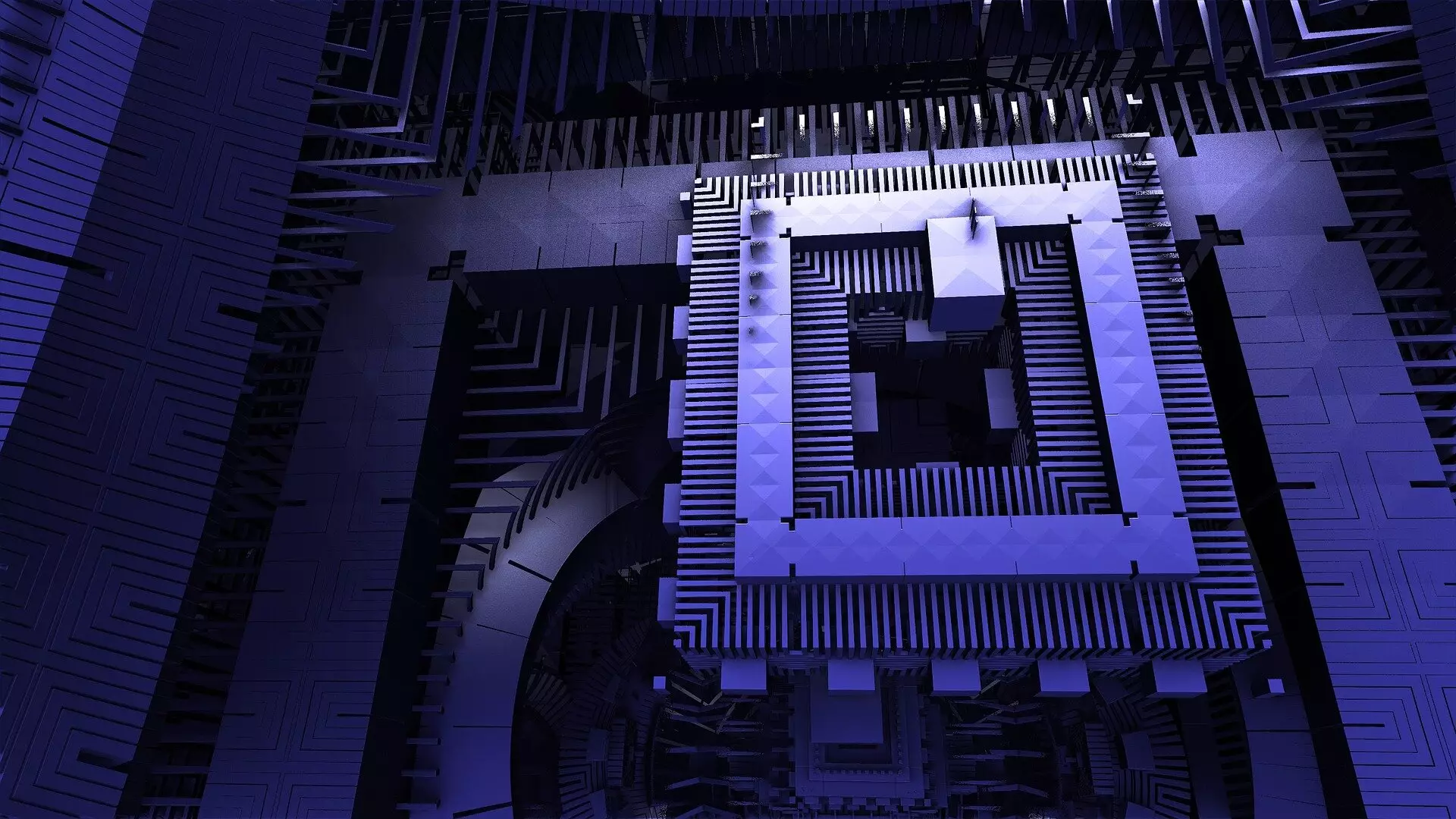In an exciting development for materials science and quantum computing, a team of scientists from various institutions in the U.S., spearheaded by physicist Peng Wei from the University of California, Riverside, has introduced a new superconductor material with substantial implications for future technologies. This innovative material is not merely an advancement in superconductivity; it holds the potential to be classified as a “topological superconductor.” Such superconductors are pivotal for quantum computing due to their ability to maintain quantum states that are less susceptible to disturbances from their surroundings—an essential feature for performing complex calculations and operations at quantum scales.
Topology—an area of mathematics focusing on the properties of space that are preserved under continuous transformations—plays a crucial role in understanding the behavior of these superconductors. The team’s research, reported in a paper titled “Signatures of a Spin-Active Interface and Locally Enhanced Zeeman Field in a Superconductor-Chiral Material Heterostructure,” highlights the synergy achieved by combining trigonal tellurium, a chiral and non-magnetic material, with a specially engineered interface superconductor formed atop a thin gold film. This combination is groundbreaking as it exploits the delocalized electron states in a way that could allow for efficient and robust quantum information processing.
Understanding Chiral Materials and Their Significance
The intriguing aspect of trigonal tellurium lies in its chiral nature, which means it cannot be overlaid on its mirror image—similar to how left and right hands are oriented differently. This chirality is exceptional in superconducting materials because it leads to specialized phenomena at the interface with the gold surface. At this junction, the researchers recorded quantum states displaying well-defined spin polarization, which are fundamental for constructing qubits—units of quantum information that form the backbone of quantum computation.
By refining the interface between trigonal tellurium and gold, the team created a two-dimensional superconductor that showcases a remarkable enhancement in spin energy—up to six times greater than conventional models. This enhancement is critical as it marks a step toward developing more stable quantum systems capable of functioning under external magnetic fields, which historically have posed challenges for traditional superconductors.
The stability of this new superconducting interface under magnetic fields is another noteworthy achievement. The research indicates that the interface undergoes a transformation into what could be described as a “triplet superconductor” when subjected to higher magnetic fields. This mode of operation is particularly promising since triplet superconductors are known for their resilience in fluctuating magnetic environments, drastically improving the reliability of qubit systems.
Moreover, collaboration with scientists from the National Institute of Standards and Technology has illuminated the ability of this new superconductor-hybrid structure, which incorporates niobium thin films, to significantly mitigate decoherence. In quantum computing, decoherence represents one of the most formidable barriers to maintaining coherent quantum states, as interactions with the environment can lead to the loss of essential quantum information. The integration of high-quality, low-loss microwave resonators – with quality factors reaching as high as one million – underscores the material’s potential importance for developing practical quantum components.
As Quantum Computing continues to evolve, the new materials and methods described by Wei and his team could herald a significant leap forward in the field. According to industry leaders like IBM, quantum computing endeavors to address problems that are beyond the reach of classical computers. Achieving lower loss in superconducting qubits is paramount in this quest, as it enhances the viability of quantum processors.
Wei emphasizes the groundbreaking nature of this research: utilizing materials that are thinner and less complex than those currently employed in the industry allows for a cleaner interface and improved performance metrics. His team’s findings suggest that this new material could become a cornerstone for more scalable and efficient quantum computing architectures and systems.
The development of this new superconductor material encapsulates a significant breakthrough in the quest for functional quantum technologies. With a provisional patent already filed and interest growing, the implications of this research could pave the way for future advancements in how we harness quantum mechanics for innovative computing solutions.


Leave a Reply